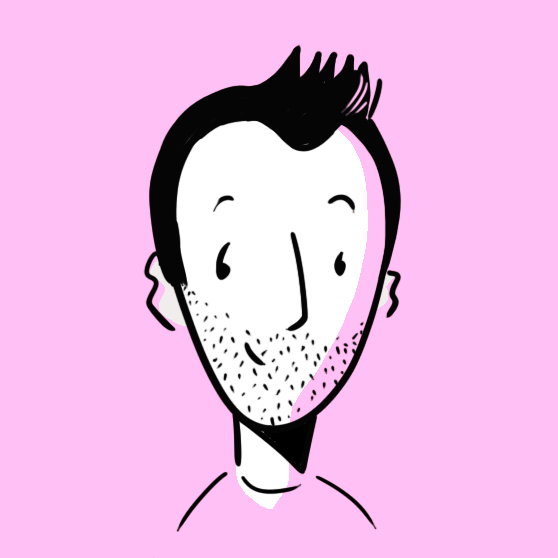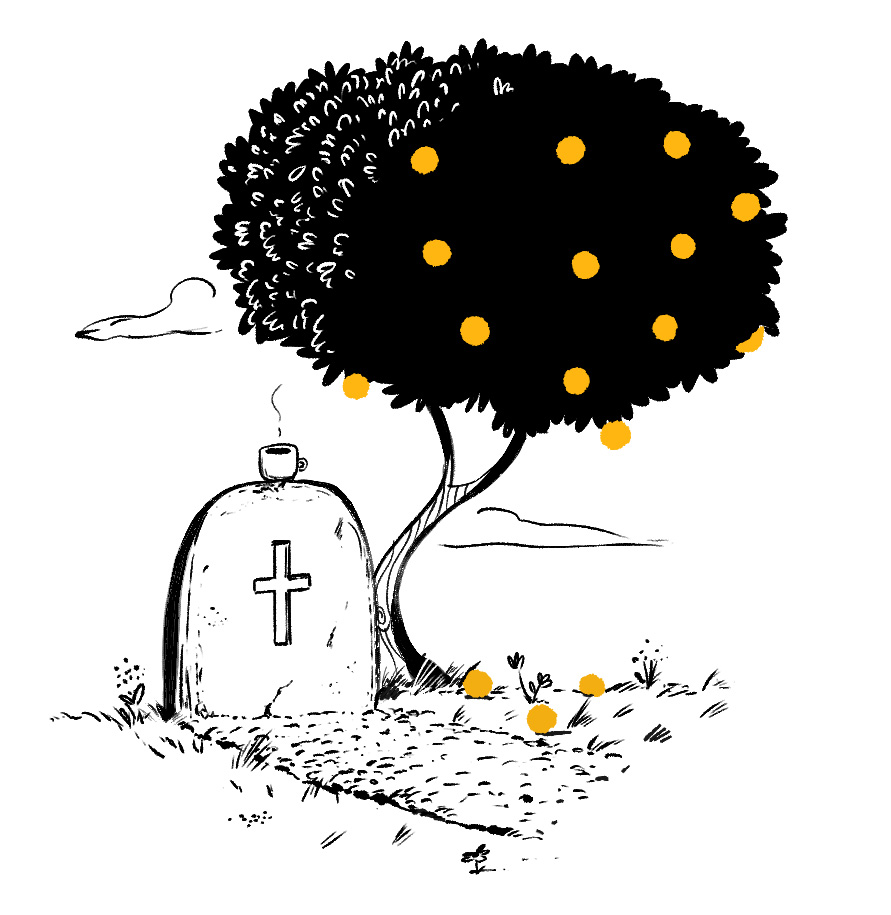So, I’m learning to play piano and there seems to be 2 schools of thought on how I should go about it. The first is to find a teacher and learn the proper technique from day 1. If one doesn’t do that, the risk is that I’ll build some bad habits that will be more difficult to unlearn later. Proper technique involves hours of scales and finger exercises, learning music theory and playing ‘simple songs’ like Happy Birthday or Jingle Bells (not every adult’s cup of tea).
The second approach to learning piano seems to be to prioritise fun and making something that sounds like music as quickly as possible. Proper technique can come later. The idea behind taking this approach is to use it to orient one’s self around the keyboard and use one’s desire to play songs and music as the driving force for building an emotional connection to the instrument.
Which one to choose? What if I choose the wrong one?
Proper illustration technique
Any reader of this journal will know that I’ve always felt a bit like an imposter when it comes to illustration. I never went to Art School and yet, I’ve been professionally illustrating picture books across almost every publisher in Australia a few years after picking up a watercolour brush 10 years ago.
When I first began trying to learn watercolour, certain (very experienced) people told me that there’s a ‘proper technique’ to illustration (and watercolour painting). It’s about doing exercises in black and white painting (understanding values), charcoal life drawing, colour mixing exercises and pigment science etc – all that before you should start ‘making paintings’. I never did any of that. Instead, I stumbled forward through trial and error until I found an emotional connection with the medium and produced drawings and paintings that made me feel something.
Sure, perhaps doing some of that theory would have made a difference but, to be honest, I find myself more interested in pulling those ‘traditional learning’ threads while I’m working as an illustrator now because I have a need – I want to amplify the emotion I’ve found in the work and theory can be useful for some of that.
Proper piano technique
So, this brings me back to piano. As I’ve written before, for most things in life, we don’t need a piece of paper, a credential, or someone else’s permission to make art. I’ve never even considered hiring an art teacher to watch me paint so they can tell me how to hold the brush ‘properly’ – so maybe the same goes for learning piano? Maybe the proper technique isn’t about hand position and posture; that’s just biomechanics. And, whilst we all have our individual motivations and best ways to learn – for me, the ‘proper technique’ in any art form is emotion first, biomechanics and chemistry later.

